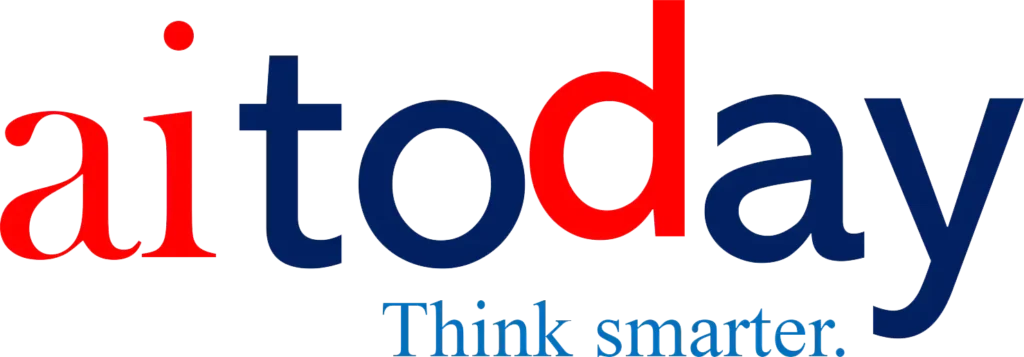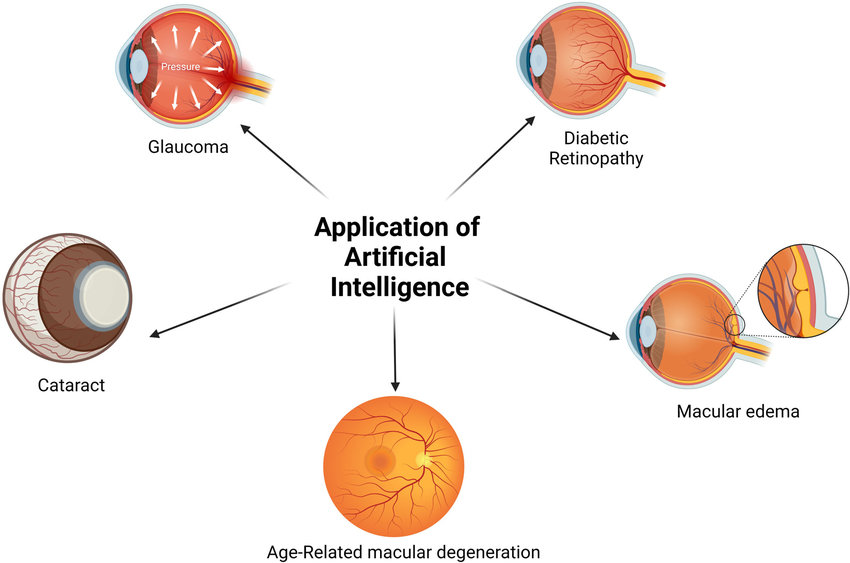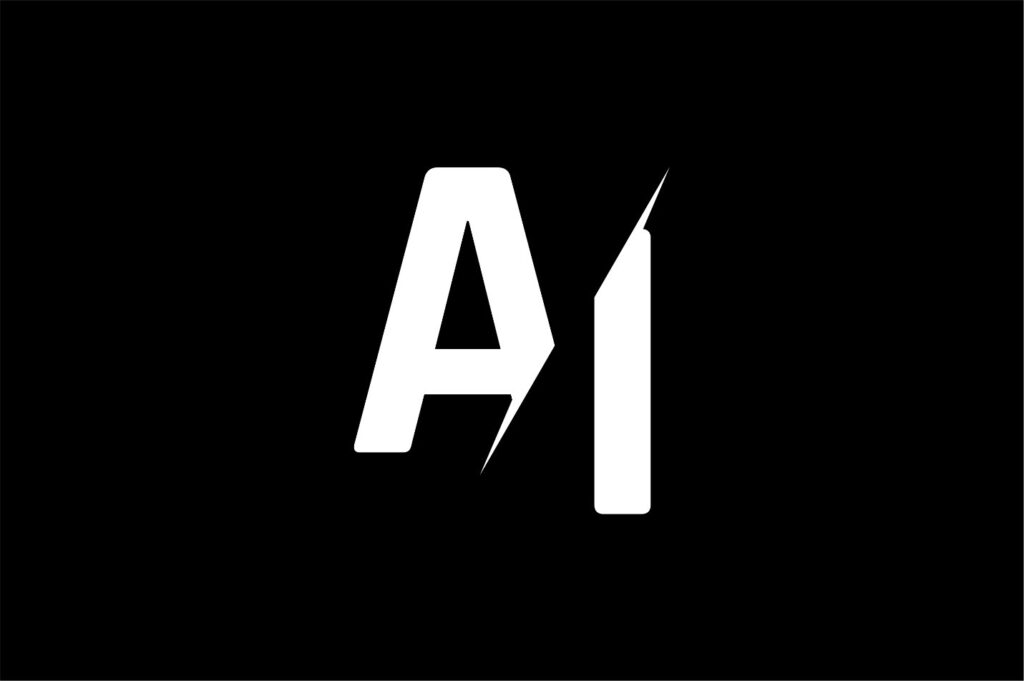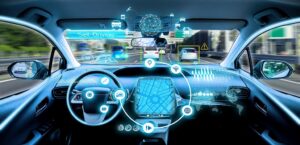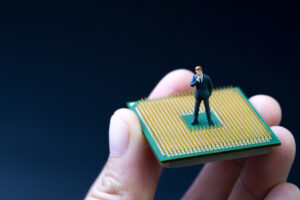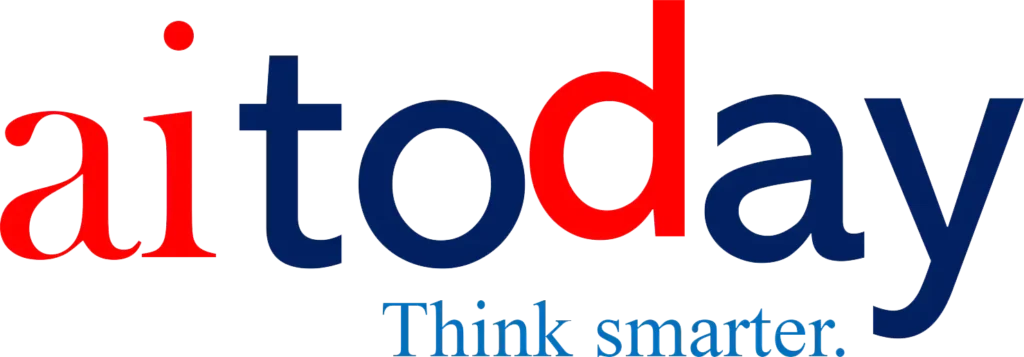New technologies are speeding up diagnoses and treatments
With a goal of curing all blinding diseases, scientists and physicians at the University of California San Diego (UCSD) are working with their colleagues in the university’s engineering department to harness the power of artificial intelligence (AI) to more quickly diagnose eye diseases and more accurately pair the right prescriptions and treatments. “We started out with the questions of whether we could help ophthalmologists align images of the retina and whether AI can actually help doctors be faster and more accurate with their detection of disease, Dr. Troung Nguyen, professor of electrical and computer engineering at the Jacobs School of Engineering at UCSD. “We have done that.”
Ophthalmology to the power of two
“We are building bridges with other departments across the university, including neuroscience, data science, bioinformatics, engineering, bioengineering, stem cell biology and gene therapy,” Robert N. Weinreb, M.D., UCSD’s chair and Distinguished Professor of Ophthalmology, director of the Shiley Eye Institute and holder of the Morris Gleich, M.D., Chair in Glaucoma explained. “Our dream is the realization of the impossible. We are going to cure blinding eye diseases.”
The AI tool they developed could predict whether a patient had age-related macular degeneration by looking at optical coherence tomography (OCT) angiography images of a patient’s blood vessels in their eye. Previously, doctors needed to perform a biopsy to obtain the same information. More impressive still: The tool outperformed the human experts, achieving 80% accuracy.
Faster, better
The AI tool the team developed can synthesize multiple images from different points in time to see the blood vessel or tumor damage has increased. It localized the spot 37 percent faster than conventional imaging comparisons. Better still, it did so with a 0 percent error rate. Compare that with ophthalmologists whose error rate is 18 percent.
AI itself is a novel technology. Pairing it with medicine to accelerate the times needed to diagnose a disease, find the right treatments, and do so with perfect accuracy is a prognosis for clear vision.
Top 3 Takeaways
- AI is being paired with medicine to improve patients’ outcomes.
- AI-enabled medical diagnoses are 37 percent faster than conventional medicine
- AI-enabled medicine can be up to 100 percent accurate.
Keywords: #AI Today, #AI, #ophthalmology, #UCSD #healthcare
